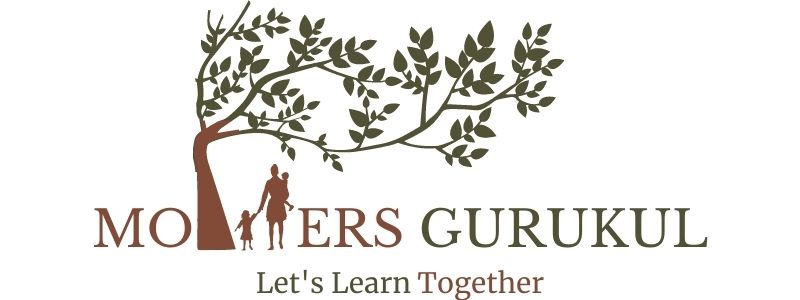We all know the Wikipedia meaning for “role model” is “any person who serves as an example”. It is indeed a tough role to play knowing that there is someone who always looks up to you, follows you, and imitates you. If we have to play this role for our own kids then it becomes much more challenging and sometimes tricky too. Why challenging? Because we have to think, re-think before taking any step. Just like a game of Chess, one wrong move and it will change the picture of the entire game. As they say in Hindi- “Har Kadam Phook Pahook Ke Daalo”, means take every step with utmost care. These words perfectly apply here.
I said tricky as many times we have to be diplomatic while dealing with kids. Sometimes situation demands us to react and behave differently which may change our image for our kids. They on the other hand are not that matured enough to visualize and understand this change. At such times, it is our duty as a parent to take it as an opportunity to explain them that sometimes we need to change as situation demands. I totally agree that it is lot more difficult to execute than what it sounds.
Just like a coin has two sides, in the same way in spite of challenging and tricky, being a role model to our kid is an effective way of learning for them and a medium for us to teach them. If they are remembering things and following them then it is a certificate for us.
“Everything a child hear, see, and feel is recorded onto a cassette. Guess who is the big star in their movie? WE ARE. What we say and, more important, what we do is recorded there for them to replay over and over again. We all have video cassettes. Adults just have larger libraries of tapes available.”
I am a mother of a 4 years old daughter. This year’s Diwali has given me an idea to write on this topic. Thanks to my daughter. It was the 1st day of Diwali-“Dhanteras”. We were getting ready for attending a fireworks and laser show at temple. My daughter picked an ethnic dress for both of us. I asked her “Why do you want me to wear a sari and picked this dress for yourself?” Her answer made me really very happy. She said “Diwali is an Indian festival and we are going to the temple so we should wear Indian dress.” The reason why she said this was because she has always seen me in an ethnic outfit whenever we go to the temple or for any Indian function/religious occasion. She asked me once that why we have to wear Indian outfit for temple and I told her that there is no harm in wearing western clothes but it’s our culture. And we are living outside India so we should try to maintain it.
Apart from all this conversation, the most important part for me was she has an image of her mother in her mind. She remembered that and followed the same. From last year she knows that Diwali means Rangoli, Diyas, Pooja, Fireworks. And this year another memory has added to it that she asked her mom to wear Sari and she showed respect to her decision and both mom and daughter worn Indian outfits.
This was just an example. There are several other occasions when kids do follow us. We get to see that imitation through pretend plays, general conversation.
As a mother, as a parent, my efforts will always be towards building a strong and meaningful foundation for my daughter and let her record as many incidences as she wants onto her cassette. But when she will replay them it should convey a valuable and memorable message.
To conclude, here are few more lines on the role of a Role model that I found very true:
“Role modeling is the most basic responsibility of parents. Parents are handling life’s script to their children, scripts that in all likelihood will be acted out for the rest of the children’s lives” – Stephen R. Covey

Really nice …